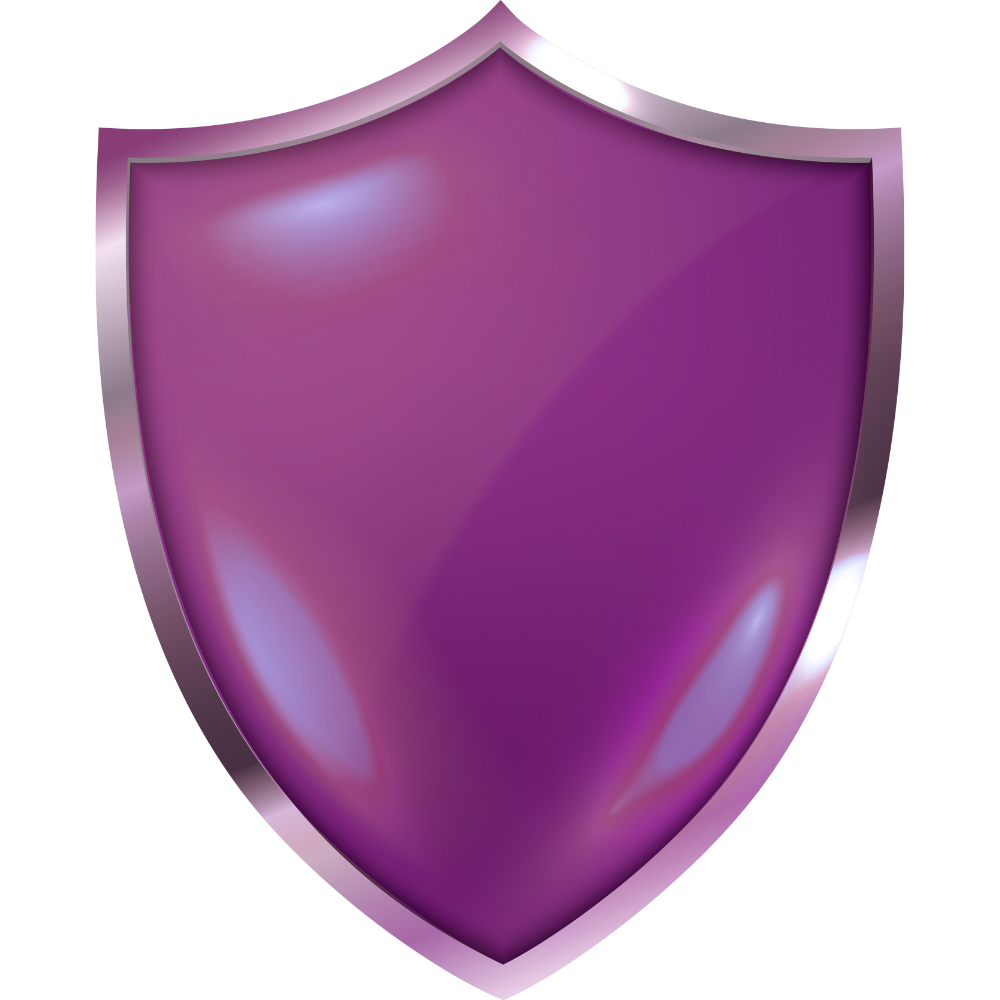
 | Age assurance Age assurance helps protect children when they use online apps and websites, so they can see content that's right for their age and be kept away from harmful material. It means using tools or checks to find out or estimate a user's age, or confirm whether someone is above or below a certain age. |
 | Age estimation Technology estimates your age based on things like face scans, typing style, or what you're interested in. It’s not perfect – it can’t tell your exact age, and it might be intrusive for your privacy. |
 | Age verification It protects your privacy because users can prove their age without revealing any other personal data. |
 | Blueprint for an age-verification app In July 2025, the European Commission launched a blueprint for an age-verification app. It’s designed to be user-friendly, allow users to prove that they are over 18, avoid asking for any other personal details. This helps keep access to certain online content safe and age appropriate. |
 | Digital Services Act (DSA)
|
 | Digital Service Coordinator (DSC) A Digital Service Coordinator (DSC) works with the European Commission to supervise and monitor how platforms apply the DSA. Each EU country has one: find out who the DSC is in your country. |
 | EU Digital Identity Wallet It’s a free app (coming in 2026) that helps people in Europe keep important documents safe in one place, prove who they are, online and in real life. It’s like a digital backpack for your ID and important papers. |
 | Guidelines on the protection of minors under the DSA In July 2025, the European Commission published guidelines on the protection of minors to help all platforms understand what they should do to keep kids and teens safe online. If a platform is used by kids and teens – or if it’s likely they may access it – then the platform must follow the DSA rules and the guidelines for the protection of minors. |
 | In-app purchase An in-app purchase is something you buy inside an app, like extra lives, skins or virtual coins. |
 | Infinite scrolling When the page has scrolled all the way to the bottom, it automatically refreshes with new content. |
 | Interface An interface is how an online platform looks and works – what you see on your screen and how you interact with it. A well-designed interface can help children and teens stay safe, feel confident, and enjoy their time online. |
 | Loot boxes Loot boxes are surprise items or rewards in video games. Players can buy them with real money or points earned while playing. You only find out what's inside after you buy them. |
 | Parental controls Parental controls and tools can help families build trust and support – but should never result in surveillance or take away a child’s rights. They also shouldn’t replace the platform’s built-in safety features. |
 | Personal data Personal data means any details about a person. This includes things like their name, birthday, where they live, what they look like, what they believe in, pictures of them, or any other information that tells us about them. |
 | Product placement A product placement is when a brand or item is shown in a video or post as part of a paid promotion. |
 | Recommender systems Recommender systems should empower kids, not overwhelm them. Giving young users control over what they see helps build safer, more positive online experiences. |
 | Self declaration Users confirm to the system or platform that they are above a certain age (for example, over 18), oftentimes by simply clicking a “enter website” button, or a checkbox. You enter your birth date, or click “Yes, I’m over 13” or “Yes, I’m over 18”. It’s quick, but easy to cheat, so it’s not very effective or reliable. |
 | Trusted flaggers Trusted flaggers are organisations that are experts in identifying and flagging illegal and harmful content, and can be appointed by Digital Service Coordinators (DSCs). When they raise concerns, platforms must act quickly! Think of them as referees who call out problems as soon as they spot them. Find out who the trusted flaggers are in your country. |
Further information and resources
Do you want to learn more about the DSA? Check out this booklet, explaining the measures to protect kids and teens online.
The DSA explained

 | Age assurance Age assurance helps protect children when they use online apps and websites, so they can see content that's right for their age and be kept away from harmful material. It means using tools or checks to find out or estimate a user's age, or confirm whether someone is above or below a certain age. |
 | Age estimation Technology estimates your age based on things like face scans, typing style, or what you're interested in. It’s not perfect – it can’t tell your exact age, and it might be intrusive for your privacy. |
 | Age verification It protects your privacy because users can prove their age without revealing any other personal data. |
 | Blueprint for an age-verification app In July 2025, the European Commission launched a blueprint for an age-verification app. It’s designed to be user-friendly, allow users to prove that they are over 18, avoid asking for any other personal details. This helps keep access to certain online content safe and age appropriate. |
 | Digital Services Act (DSA)
|
 | Digital Service Coordinator (DSC) A Digital Service Coordinator (DSC) works with the European Commission to supervise and monitor how platforms apply the DSA. Each EU country has one: find out who the DSC is in your country. |
 | EU Digital Identity Wallet It’s a free app (coming in 2026) that helps people in Europe keep important documents safe in one place, prove who they are, online and in real life. It’s like a digital backpack for your ID and important papers. |
 | Guidelines on the protection of minors under the DSA In July 2025, the European Commission published guidelines on the protection of minors to help all platforms understand what they should do to keep kids and teens safe online. If a platform is used by kids and teens – or if it’s likely they may access it – then the platform must follow the DSA rules and the guidelines for the protection of minors. |
 | In-app purchase An in-app purchase is something you buy inside an app, like extra lives, skins or virtual coins. |
 | Infinite scrolling When the page has scrolled all the way to the bottom, it automatically refreshes with new content. |
 | Interface An interface is how an online platform looks and works – what you see on your screen and how you interact with it. A well-designed interface can help children and teens stay safe, feel confident, and enjoy their time online. |
 | Loot boxes Loot boxes are surprise items or rewards in video games. Players can buy them with real money or points earned while playing. You only find out what's inside after you buy them. |
 | Parental controls Parental controls and tools can help families build trust and support – but should never result in surveillance or take away a child’s rights. They also shouldn’t replace the platform’s built-in safety features. |
 | Personal data Personal data means any details about a person. This includes things like their name, birthday, where they live, what they look like, what they believe in, pictures of them, or any other information that tells us about them. |
 | Product placement A product placement is when a brand or item is shown in a video or post as part of a paid promotion. |
 | Recommender systems Recommender systems should empower kids, not overwhelm them. Giving young users control over what they see helps build safer, more positive online experiences. |
 | Self declaration Users confirm to the system or platform that they are above a certain age (for example, over 18), oftentimes by simply clicking a “enter website” button, or a checkbox. You enter your birth date, or click “Yes, I’m over 13” or “Yes, I’m over 18”. It’s quick, but easy to cheat, so it’s not very effective or reliable. |
 | Trusted flaggers Trusted flaggers are organisations that are experts in identifying and flagging illegal and harmful content, and can be appointed by Digital Service Coordinators (DSCs). When they raise concerns, platforms must act quickly! Think of them as referees who call out problems as soon as they spot them. Find out who the trusted flaggers are in your country. |
Further information and resources
Do you want to learn more about the DSA? Check out this booklet, explaining the measures to protect kids and teens online.
The DSA explained
- DSA (Digital Services Act) DSAforYOUth

















